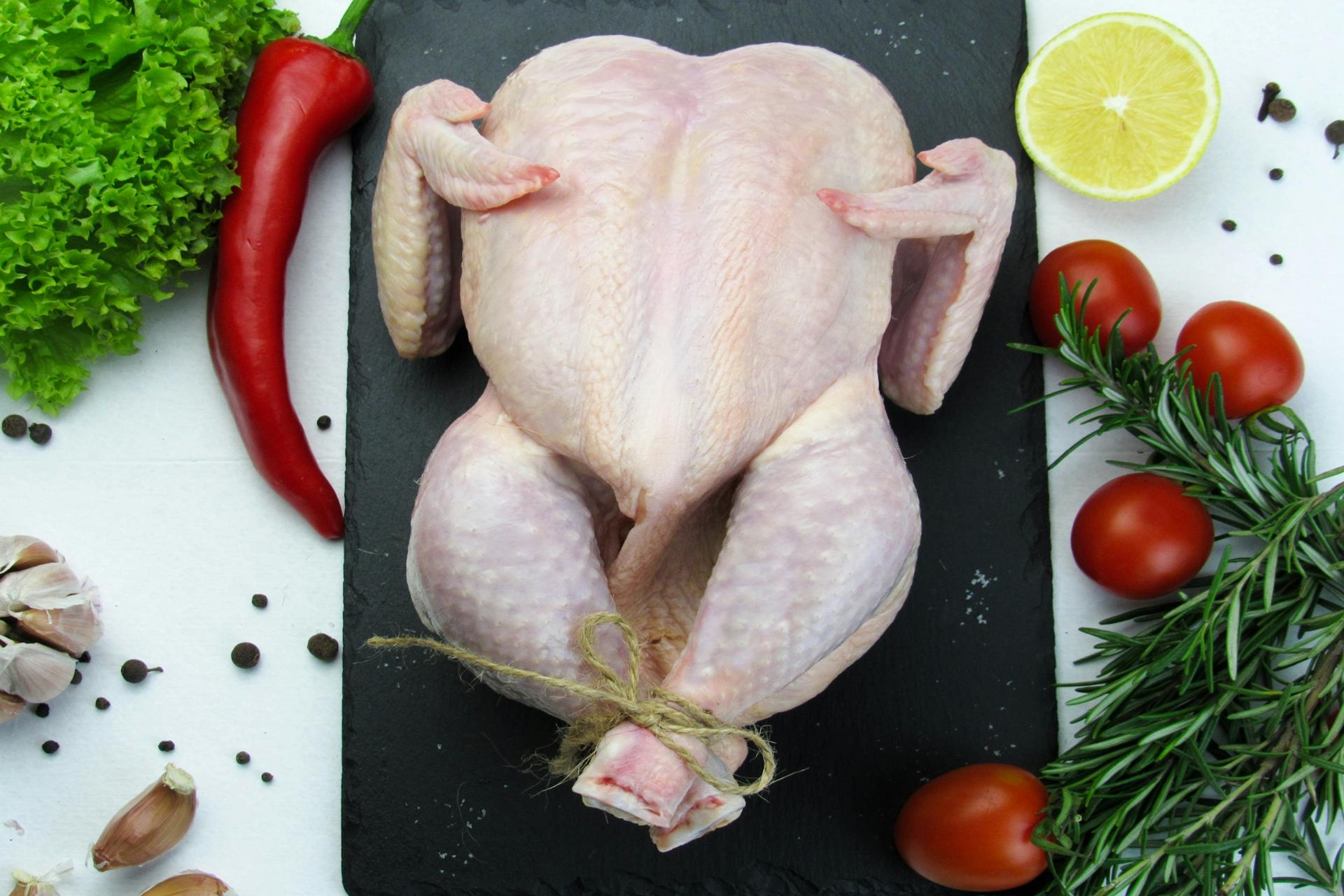Thawing frozen chicken properly is crucial for maintaining its flavor, texture, and—most importantly—food safety. Incorrect thawing methods can lead to bacterial growth and potential health risks. In this guide, we’ll walk you through the safest and most effective ways to defrost chicken while keeping it fresh and ready for cooking.
Why Safe Thawing is Essential
Chicken is highly perishable and can harbor bacteria such as Salmonella and Campylobacter. If left at unsafe temperatures, these bacteria multiply rapidly, increasing the risk of foodborne illness. To avoid this, it’s important to thaw chicken using methods that keep it out of the “danger zone” (40°F to 140°F).
Best Ways to Thaw Frozen Chicken
1. Refrigerator Thawing (Best for Quality & Safety)
How to do it:
Place the frozen chicken in a shallow dish or on a tray to catch any drips.
Store it in the refrigerator at a temperature below 40°F.
Allow about 24 hours for every 4 to 5 pounds of chicken.
Why it works:
Keeps chicken at a safe temperature throughout the process.
Preserves texture and flavor.
Allows you to refreeze the chicken if needed.
2. Cold Water Thawing (Faster Method)
How to do it:
Place the chicken in a leak-proof plastic bag to prevent water contamination.
Submerge the bag in a bowl or sink filled with cold water.
Change the water every 30 minutes to maintain a safe temperature.
Small cuts thaw in about an hour, while whole chickens take 2-3 hours.
Why it works:
Speeds up the thawing process while keeping the chicken out of the danger zone.
Ideal when you need chicken ready on short notice.
3. Microwave Thawing (Quickest Method)
How to do it:
Use the microwave’s defrost setting.
Rotate and check the chicken frequently to ensure even thawing.
Cook immediately after thawing to prevent bacteria from multiplying.
Why it works:
The fastest way to thaw chicken when you’re in a hurry.
Works best for smaller cuts rather than whole chickens.
What to Avoid When Thawing Chicken
🚫 Never thaw chicken at room temperature – Bacteria multiply rapidly at room temperature, making this method unsafe.
🚫 Avoid thawing in hot water – Heat can partially cook the chicken, affecting texture and safety.
🚫 Do not refreeze chicken thawed outside the fridge – Once thawed using water or a microwave, cook it immediately.
Pro Tips for Perfectly Thawed Chicken
Plan ahead and use the refrigerator method whenever possible for best results.
Pat the chicken dry after thawing to improve cooking texture.
Use a food thermometer to ensure chicken reaches a safe internal temperature of 165°F before serving.
Final Thoughts
Proper thawing is the key to safe and delicious chicken dishes. By using one of these three safe methods—refrigerator, cold water, or microwave—you can ensure your chicken stays fresh and free from harmful bacteria. Always avoid risky thawing techniques, and enjoy worry-free cooking!




